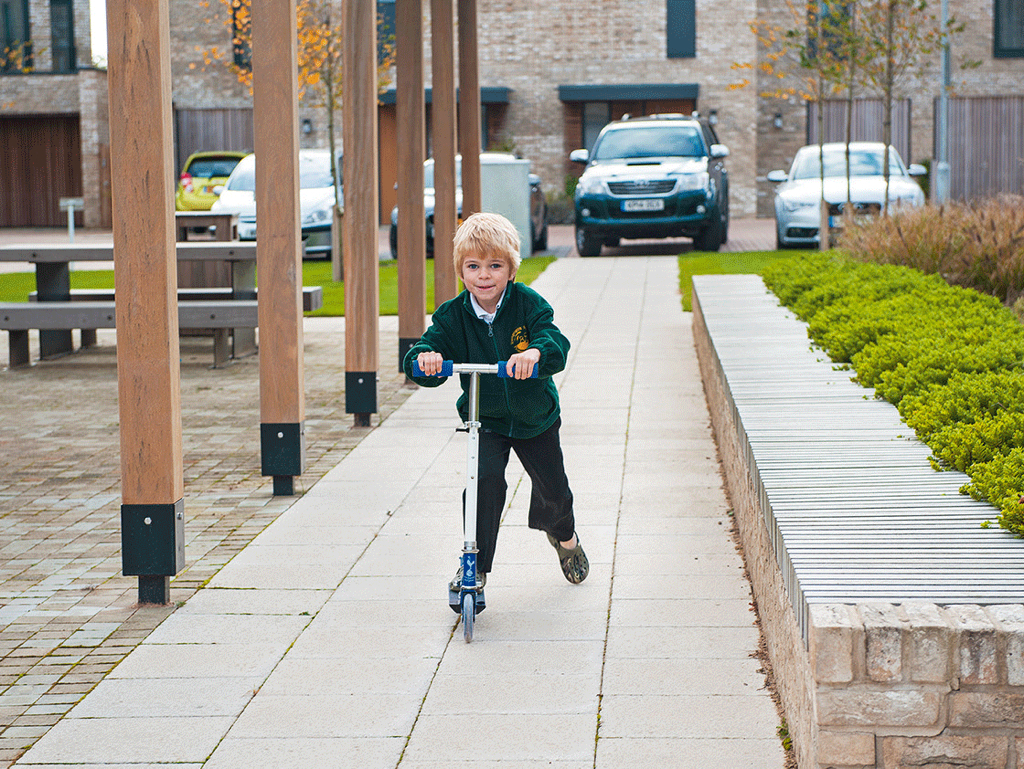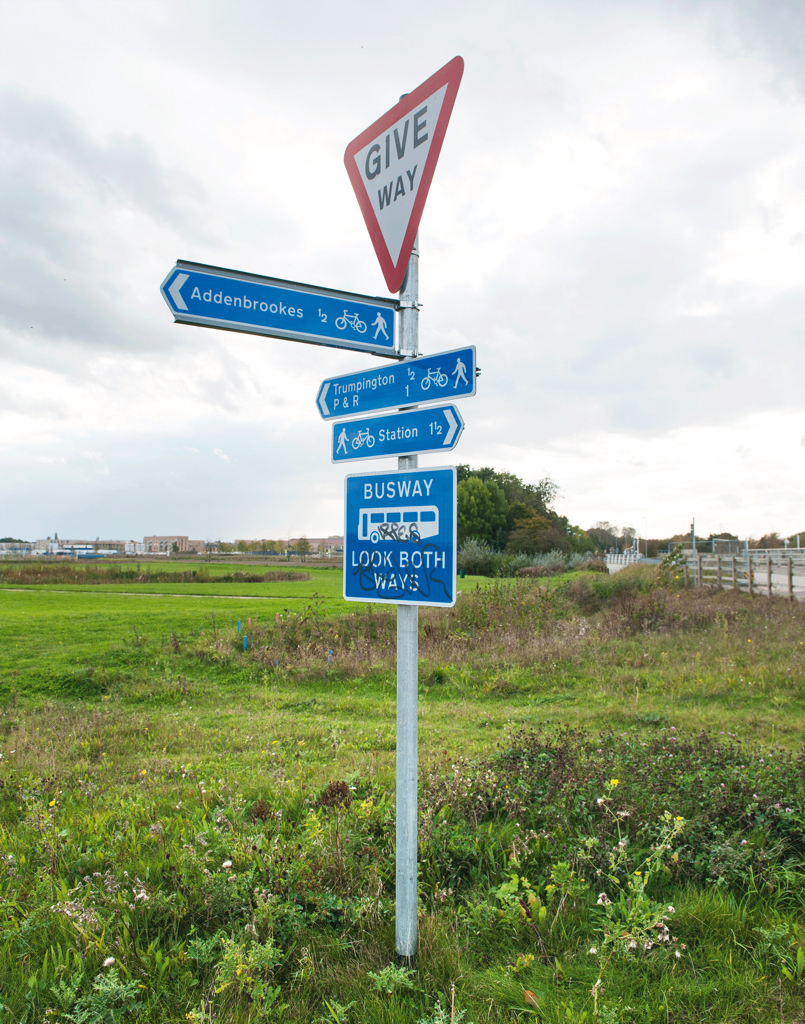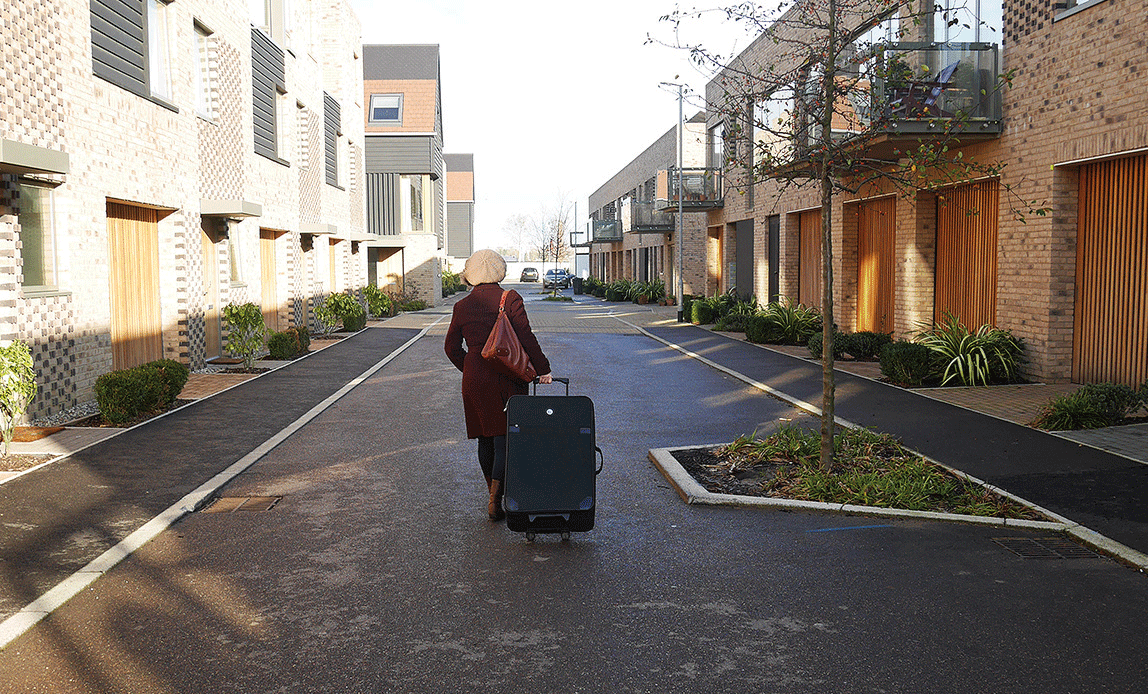
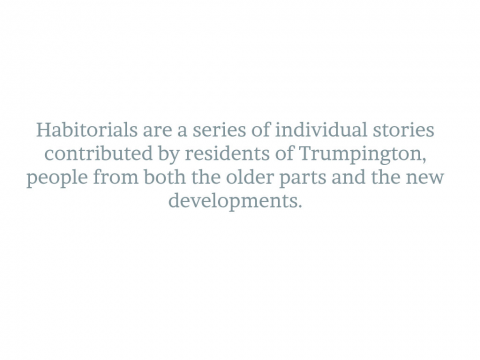
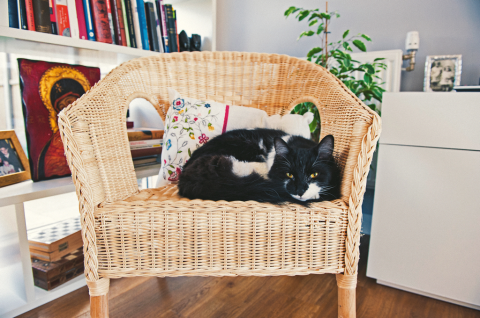
They are stories about home and pride of place
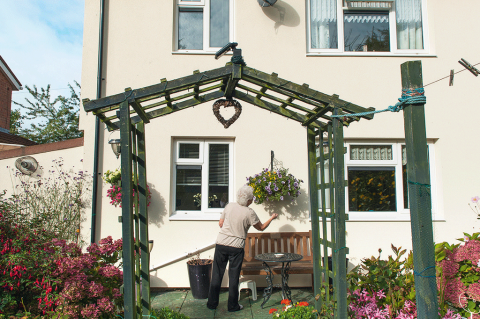
About memories of the past and desires for the future
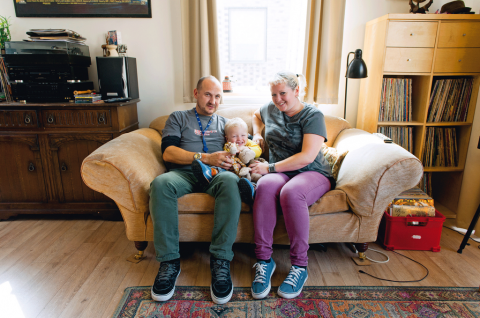
about family and community
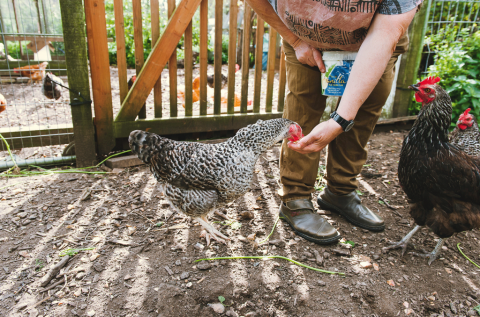
gardens, kitchens, chicken and shops
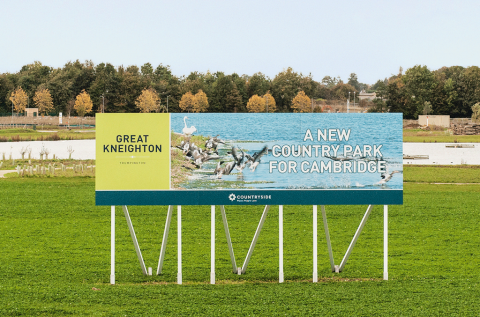
worries and hopes
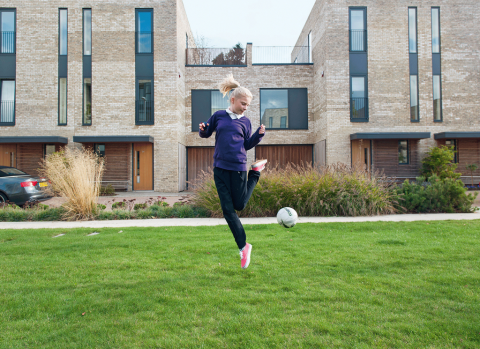
about day-to-day living and about change
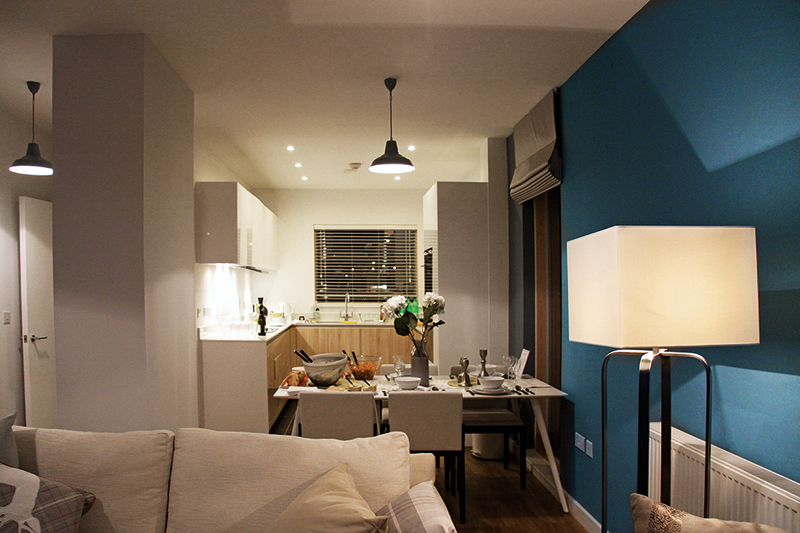
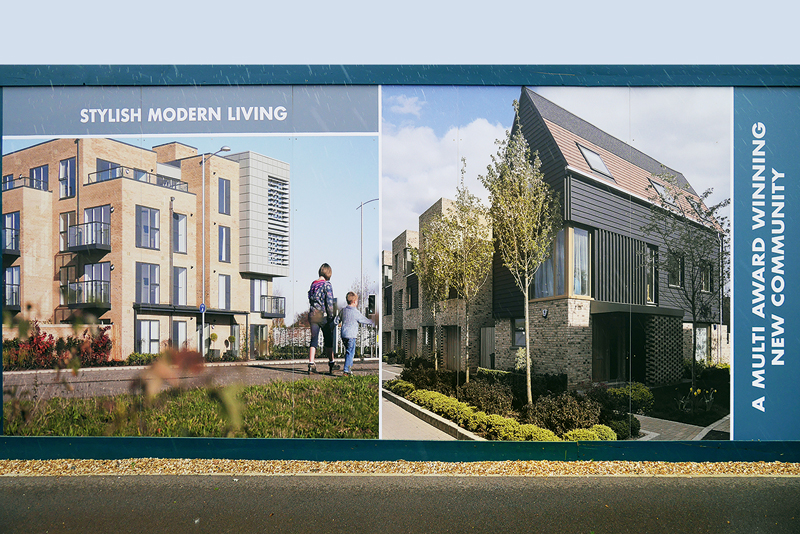
Lives inSefton Close (off Scotsdowne Road)
Moved to Trumpington in1990
Type of housing4-bedroom detached house, built in the 1960s
Current market valuearound £420,000 (according to Zoopla)
Favourite place in Trumpington“Byron’s Pool is my number one spot. I like the wildlife and the peace and the water and the trees, and all that stuff, which is wonderful.I also have also a fondness for the railway crossing that goes across the fields to Addenbrooke’s Hospital. My husband Jimmy (then my boyfriend) and I walked down there one evening when we were commuting between London and Cambridge and had a conversation about our future. We decided there that we were going to stay together long term. A month later I was pregnant. It feels like that spot has a force field under the ground! There’s a bridge there now. I know this isn’t going to be everyone’s cup of tea but I love seeing Addenbrooke’s Hospital on the horizon. Partly because I worked there and partly because we had our wedding reception there, at the Frank Lee Centre.”
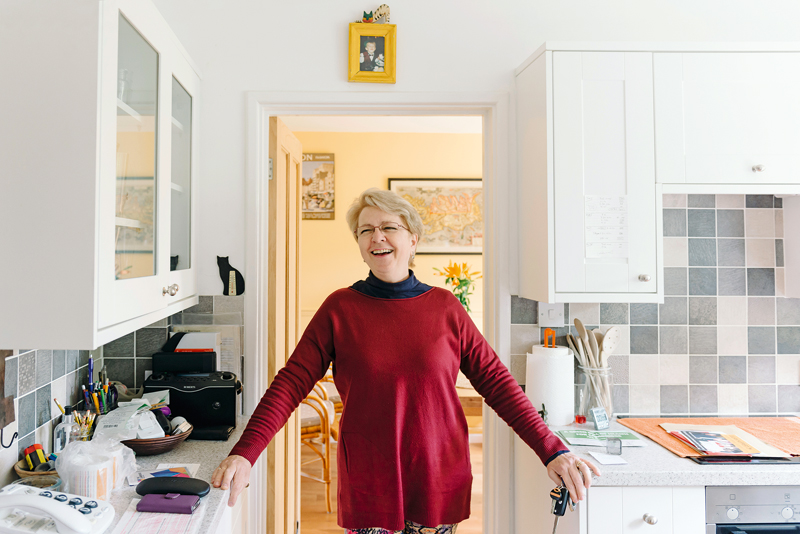

Lives inSpring Drive, Trumpington Meadows
Moved to Trumpington inDecember 2012
Type of housing3-bedroom terraced house, finished in the 2012, rented from housing association
Current market value2, 3 & 4 bedroom houses on the Trumpington Meadows are being advertised from £429,995 to £649,995 on Barratt’s website
Current council rent£165 per week
Favourite place in Trumpington"I love the parks because I love the fresh air I get when I’m out. The atmosphere helps me think up great ideas and I love playing with the kids or watching them play when I take my brother and sister out. It’s always full of excitement and laughter. Even in the horrible winter weather, it never loses its warmth – and I think there’s some beauty in that."
Lives inBishops Road
Moved to Trumpington in2008
Type of housing3-bedroom semi-detached house, built in 1937
Current market valueHouses on Bishops Road have a current average value of £432,257, according to Zoopla
Favourite place in Trumpington"My favourite place in Trumpington is the Cooke Curtis & Co office. Obviously. The reason we liked this location on Trumpington High Street was because everyone knew where the Hobby Shop was. It’s a bit of a shame it closed down, because it was such a landmark, which is why we’ve kept the sign… But we didn’t feel like we were taking away a valuable village resource that could have been something great for the community."
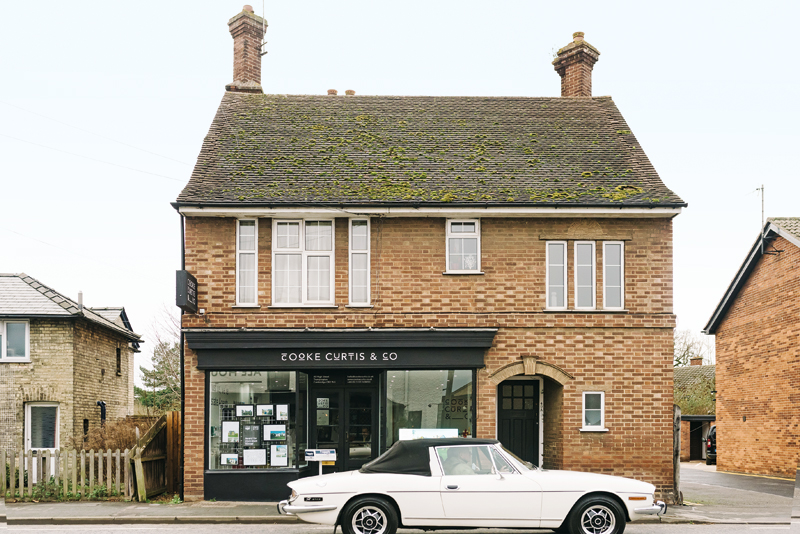
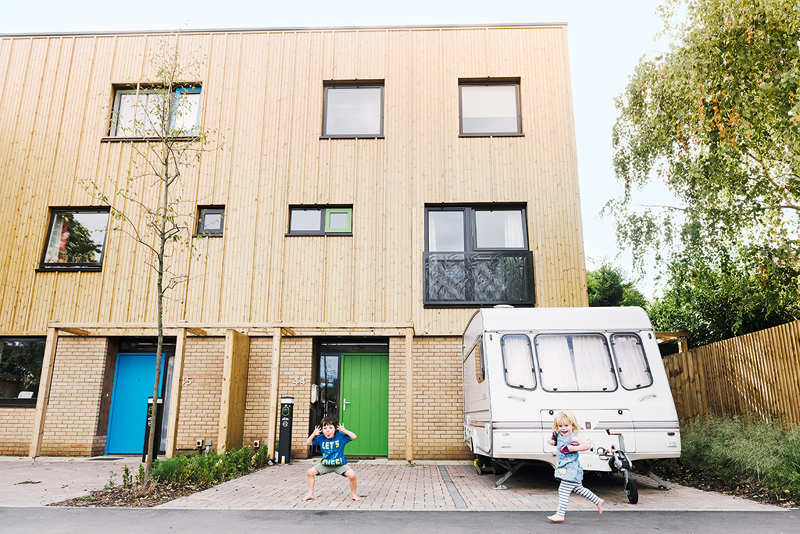
Lives inLingrey Court, behind Anstey Way
Moved to Trumpington inJanuary 2015 (left in January 2016)
Type of housingFour-bedroom, semi-detached eco-home, newly built
Current market valueAround £550,000
Favourite place in Trumpington“Our favourite place in Trumpington is the park and field in the Foster Road estate – the children also love it too!”
Lives inBishops Road
Moved to Trumpington in1974
Type of housing2-bedroom detached house, built in 2013
Current market valueHouses on Bishops Road have a current average value of £432,257, according to Zoopla
Favourite place in Trumpington"Shirley’s favourite place is her own garden, while Stephen’s is away from the city in the countryside."
Please note: some of the images included with this article were supplied by Stephen Brown. The image of the Plant Breeding Institute is supplied courtesy of the PBI. The black and white image is courtesy of Maurice Rayner.

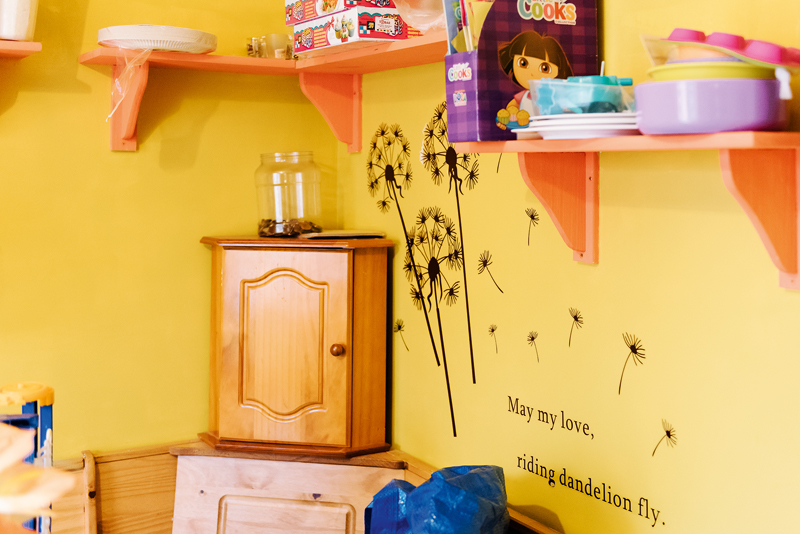
Lives inConsort Avenue, Trumpington Meadows with her husband Derek, 48, and three children (Charlotte, 13; Alice, 10; James, 5)
Moved to Trumpington inOctober 2013
Type of housing4-bedroom terraced house, built in the 2013, rented from housing association
Current market value2, 3 & 4 bedroom houses on the Trumpington Meadows are being advertised from £429,995 to £649,995 on Barratt’s website
Current council rent£168 per week
Favourite place in Trumpington"Some of my fondest memories are of taking the children over to the park near the Pavilion. The children were relaxed and we’d pop into the Bun Shop [on Anstey Way] and get some treats.”
Lives inShelford Road
Moved to Trumpington inSteve and his wife Dee moved to Trumpington in 1972; they share their house with their youngest son Sam, his wife Fran and their two young daughters, Katie and Amy
Type of housing3-bedroom terraced house, built in 1902
Current market valueSimilar houses on Shelford Road have a current value of around £455,000, according to Zoopla
Favourite place in TrumpingtonSteve loves going along to the car boot sale at the Trumpington Park and Ride on Sunday mornings to pick up a bargain. Sam’s favourite spot is the newly named local pub, the Hudson’s Ale House.
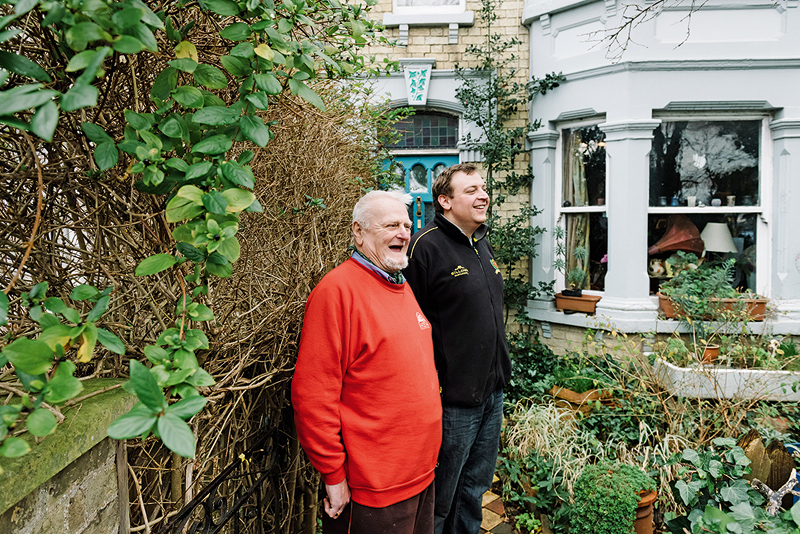

Lives inCedar Road, Novo development
Moved to Trumpington inAugust 2013
Type of housing4-bedroom detached house, built in 2013
Current market valueCurrent value of around £583,000, according to Zoopla (the house cost £490,000 in 2013)
Favourite place in TrumpingtonJen: “My house. I love the sun rises and the sunset. It’s just different every day. It’s fantastic.”
David: “I love the house but I also particularly like the walk down by the River Cam. It’s beautiful down there, it really is."
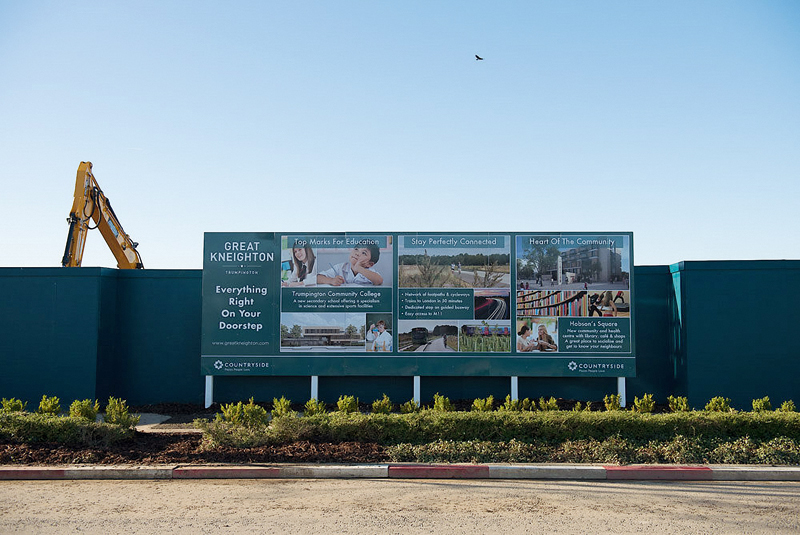
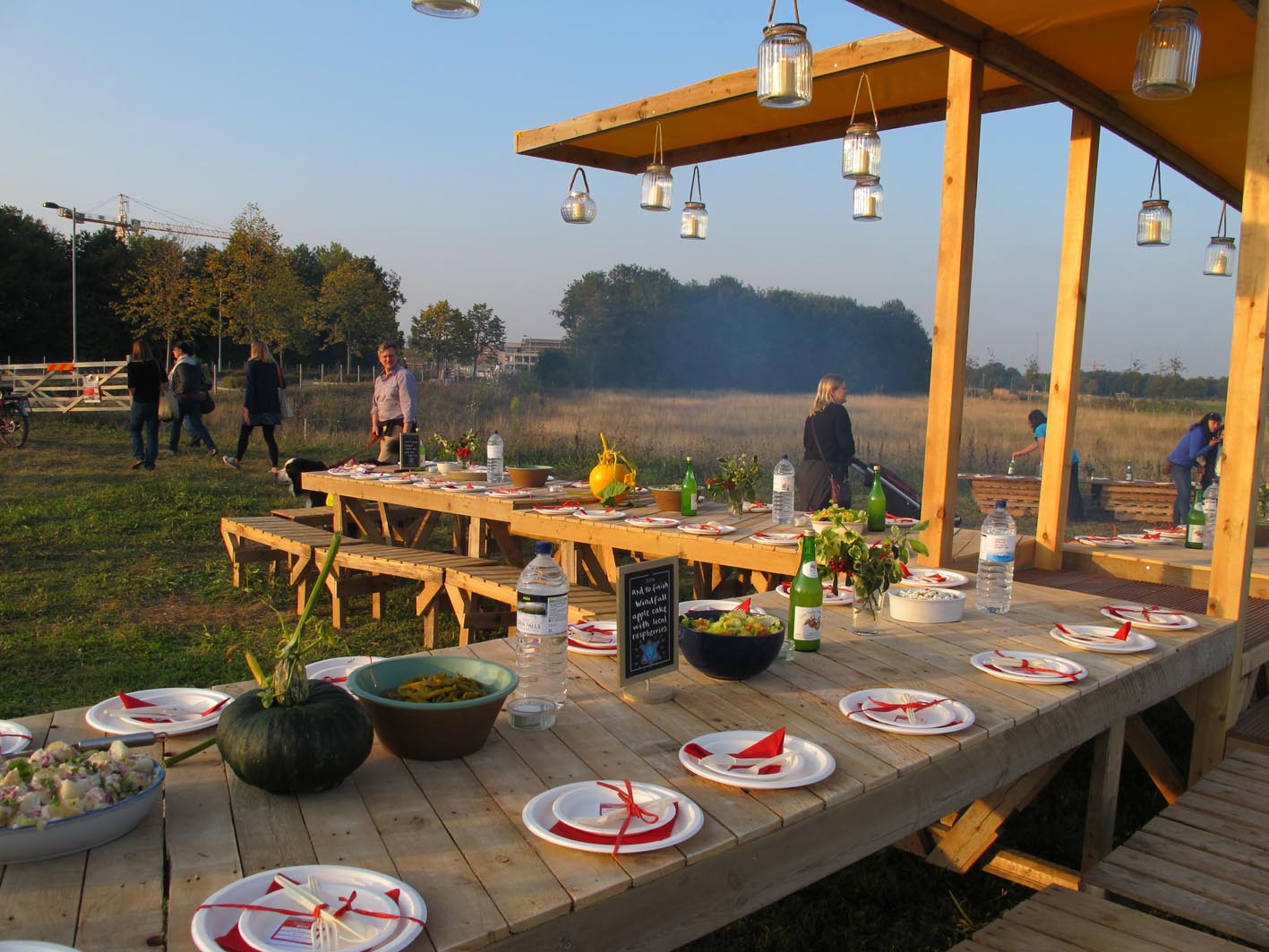
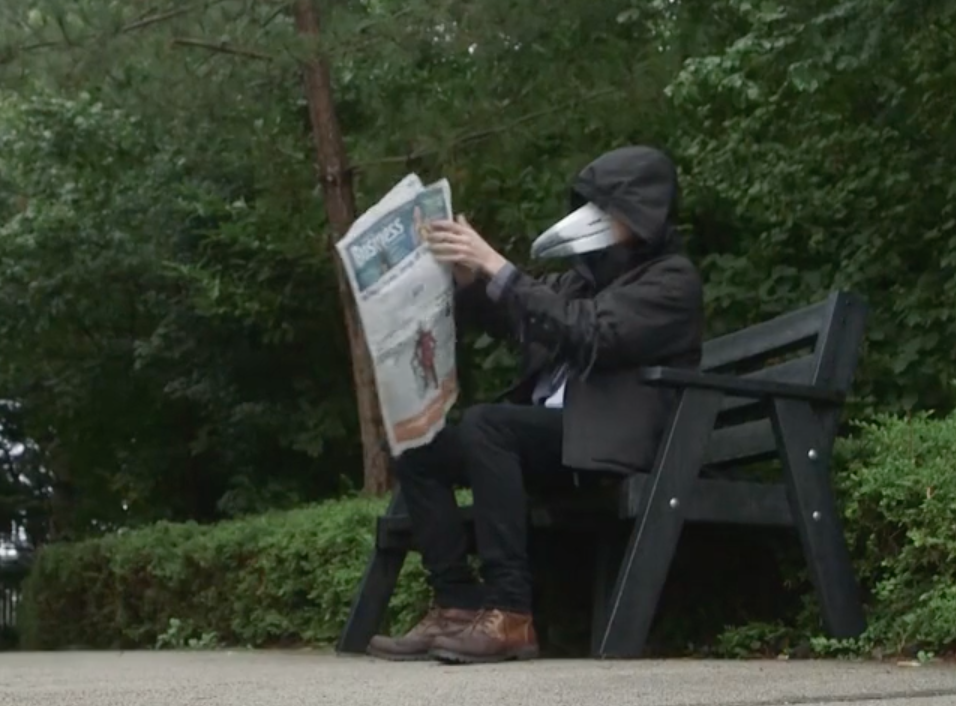
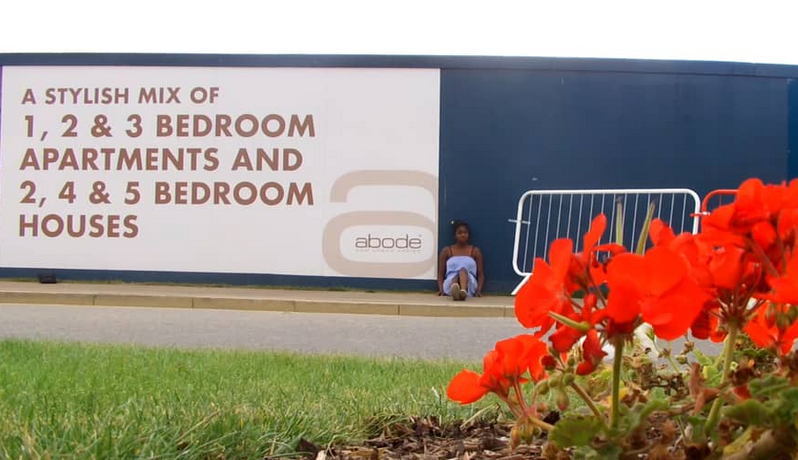
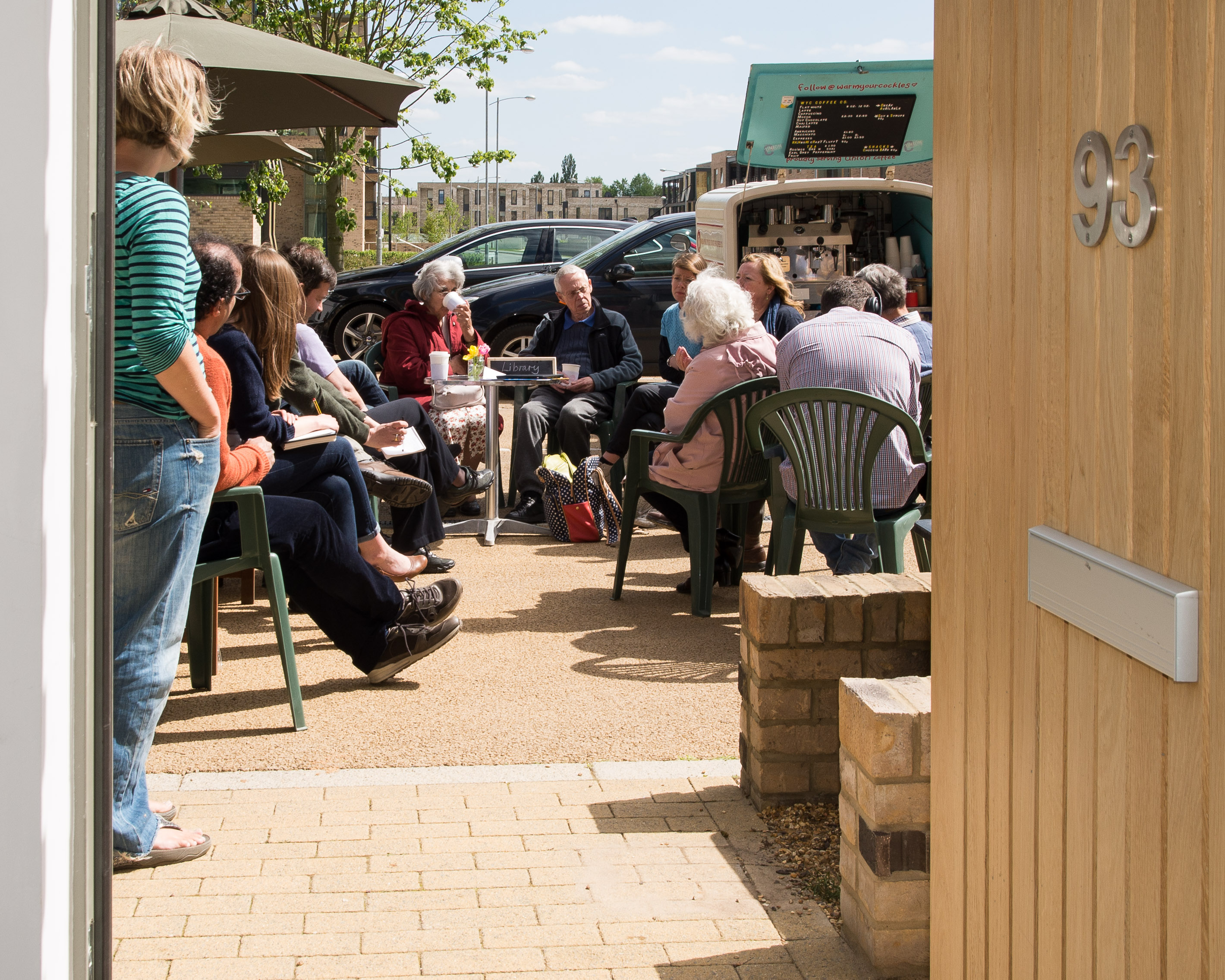
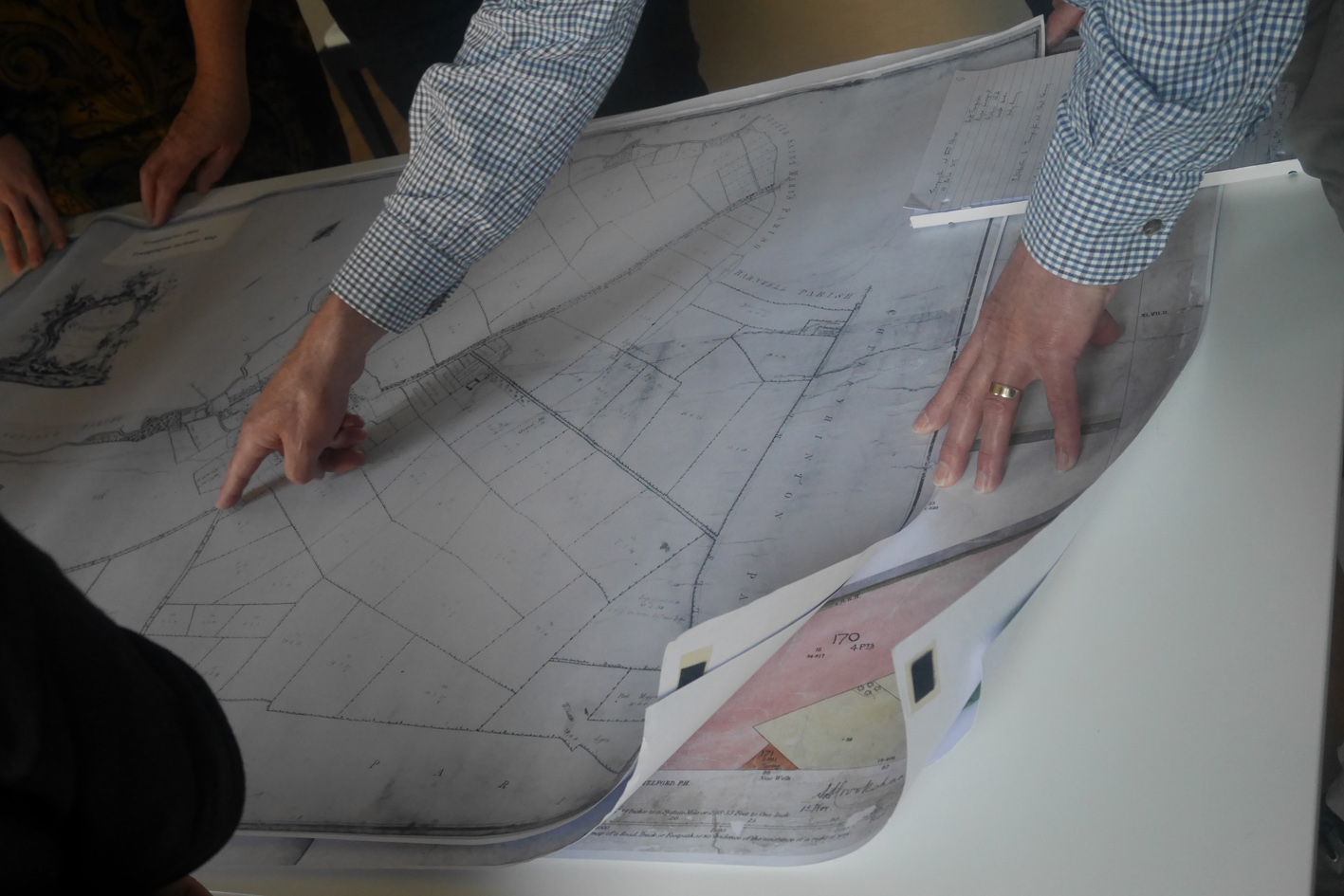
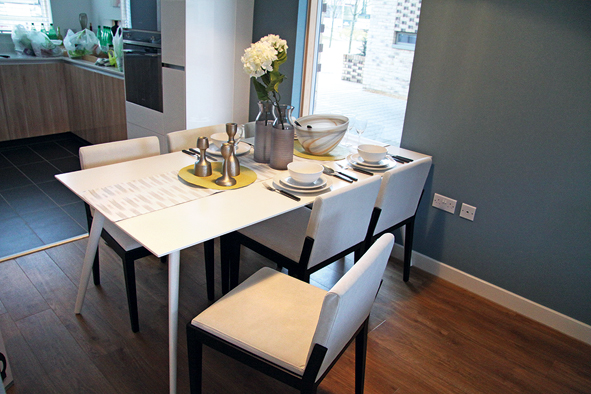
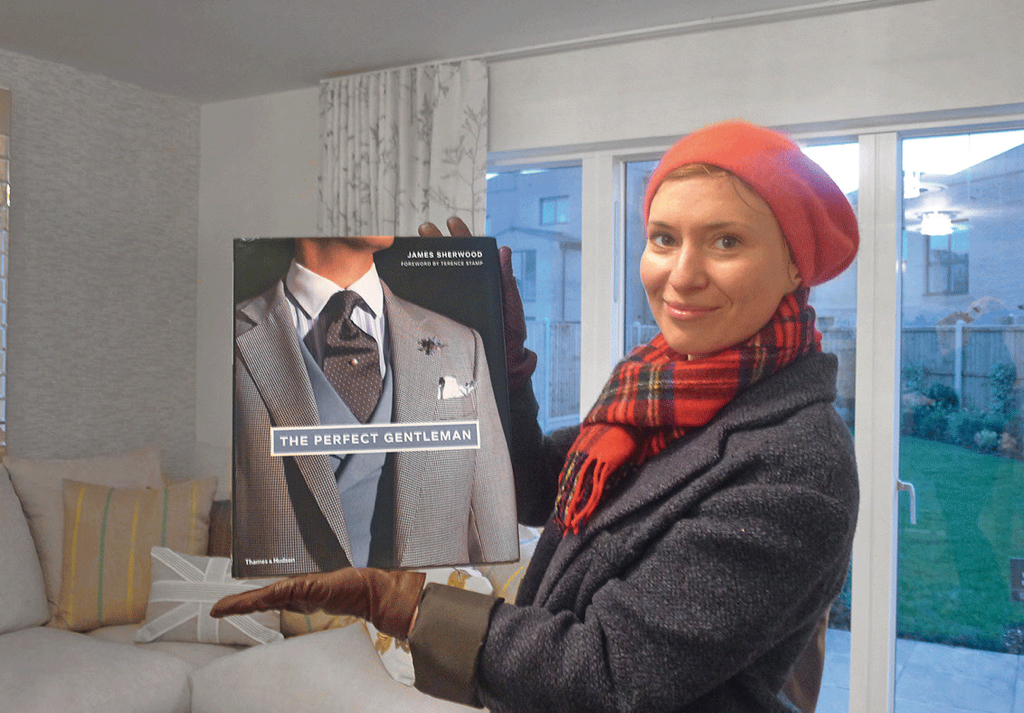
We also wanted to understand who these new residents would be. We were there to carry out research as part of an on-going art project under a public art strategy by Futurecity for Countryside’s Great Kneighton development: to explore the integration of the new residents with the existing surrounding communities, and their relationship and influence on the future character of this new development.
The site was in mid-construction when we arrived and completely devoid of any inhabitants. We were greeted with developers’ glossy hoardings that promised real life, with real people, in a real community. The place was dotted with show homes, arranged to clearly demonstrate how Great Kneighton would be occupied and by whom. Fittingly, the site was originally home to the Royal Show – the principal UK agricultural show of 1951, 1960 and 1961 – so we started referring to it as “the Showground”.
With the promise of real people in mind we searched the display homes. They were meticulously staged for potential inhabitants to experience the stunning interiors, and carefully placed household objects acted as gentle cues to expose and perform personal preference and similarities. We talked about how interpreting and creating a sense of home can be central to people’s identity, and also how the show homes take advantage of this. Feigning immunity, we were drawn in: Who uses Ecover over Persil? Organic coffee beans over Fair-trade ground? Or vice versa? The person who lives here will bake apparently, and there is no microwave...
And there was an offer of detail variation in the ‘choice room’ – yes, there was a room in which to make choices – whereby choosing from a selection of textile samples you may be able to adapt the tone of your home through the upholstery. Even amongst the subtle preferences and variations presented in Great Kneighton, we could clearly perceive the residents who were to occupy the place.
In fact, I can still picture some of them now, flicking through the stylish heavy coffee-table books near their three-piece suite: The Perfect Gentleman. They have breakfast in bed, from a wooden tray with a cafetière of fresh coffee, to be sipped out of a white bone china cup.
A dining room was arranged to show us that there would be four-course meals under a hanging chandelier. We could glimpse the panache of the lady-of-the house, because we know she wore that grey designer dress on the bed and we could see she would be a slim UK size 10. Maybe she’d wear it for the quick jaunt into Cambridge city centre, which is certainly quick with the new guided busway. Or maybe she’d put it on to entertain the guests who’d come for the dinner party downstairs. And we could see Addenbrooke’s Hospital across the fields and we thought, that is where a potential Great Kneightan would work. They may not ever need to take their car from the connected garage at all – it is the perfect location indeed. Just a few minutes bicycle ride away. And is it here that we are told we can locate this real life, real people and real community?
This plot of homely possibilities, now part occupied, hovers over what we refer to as Trumpington Village, a much more tenuous display of living. Firstly, its inhabitants were already very much present when we arrived. There is a low-rise housing estate surrounding a green, and in the late 1940s this was the plot for potential new residents. There are allotments, with chickens and orchards; untended gardens and well-tended gardens, but it seems all houses have gardens; a house with a wind turbine on the roof and one with a caravan outside. There are large stately homes too, white houses and blue houses, red brick and stone houses. There are net curtains, extensions and chimneys. There are many speed bumps and on-road parking, and there is a little old church and a pavilion, where over-60s bingo is played on a Wednesday afternoon.
In Trumpington Village there is a network of pathways connecting long-existing inhabitants to newer residents. There are various generations with narratives that are physically manifest in the land and its existence as ‘the housing estate’, ‘the village’ or ‘the manor’. Trumpington, we were told, was just a road with a Waitrose on the end, a re-evoked ghost of the past with an unpleasant estate, a thoroughfare for the Park & Ride, home of the famous Maris Piper potato, to Lord Byron and halls of lords, an Anglo-Saxon stronghold and an archaeological utopia.
We were told many versions of Trumpington – from Tramp-ington to Lord Byron-ton. Show houses and marketing apparitions now enfolded it. In harmony or in conflict, Trumpington will soon become part of a new larger community. We cannot help but start speculating on what new versions of Trumpington might look like.
In many ways we sensed that Trumpington Village was vocally clumped together, as antagonist to the impending giant of Great Kneighton and the surrounding developments. In the absence of people, they delivered real living as community through a situation where interests, or interior design preferences, are agreed. Through the impeccable and completely made-up residents of the staged show homes, a community based on taste and lifestyle, similarities and agreements, was conveyed.
Yet communities fundamentally occur in individuals sharing proximity and land. They come from people living together and are indeterminate by their very nature. How can we, or should we, even imagine harmony between so many (17,500+) disparate and entangled histories and interests? It is apparent that real living also involves real differences, not a constant search for similarities and shared interests.
Near the beginning of our research, in the middle of Trumpington estate, Ceri Galloway unintentionally started telling us of her grief over the poplar trees being felled. Just a short encounter with her on the street, and just a snippet of personal narrative about the trees she looked out on every day, revealed the real emptiness of the show homes and the real impossibility of selling living through sameness and generalities. Like this, particular accounts, versions and conflicts from residents came to us through other personal narratives, which generated the idea of Habitorials. We met local people who invited us into their homes and told us their stories. This complex network of narratives revealed to us the tangled messiness of real living. All the people who gave their stories also gave many views of what it means to have a place in common. Thank you for your generosity.
As narratives, Habitorials are inherently conflicts, connecting the past to the future from the position of the present, of Trumpington and Great Kneighton. These Habitorials could be considered a presentation of real life, with real people, in a real community, whilst searching for some sort of a common.
The ‘commons’, after all, is an Anglo-Saxon term for arable land jointly owned by all village members, removed from social status. Such a space that we can call ‘common’ is still an essential space, where all individuals have power to make quotidian yet radical contributions. Through their generation, these Habitorials have the potential to help bring together individuals and their differences. They do not promise consensus or negotiation through shared interests. They offer a space that allows conflict to surface and for us to begin discussions. Here, we offer a showground for differences and – a discursive space for genuine questions to be asked. What do you want, for a space of real living in a real community?
Age81
Lives inByron Square
Moved to Trumpington in1966
Type of housingThree-bedroom, end of terrace council house, built in 1947
Current market valueCurrent market value of around £260,000 (according to Zoopla)
Current council rentApprox £120 per week
Favourite place in TrumpingtonSitting on a chair in her dining room looking out over the recreation ground
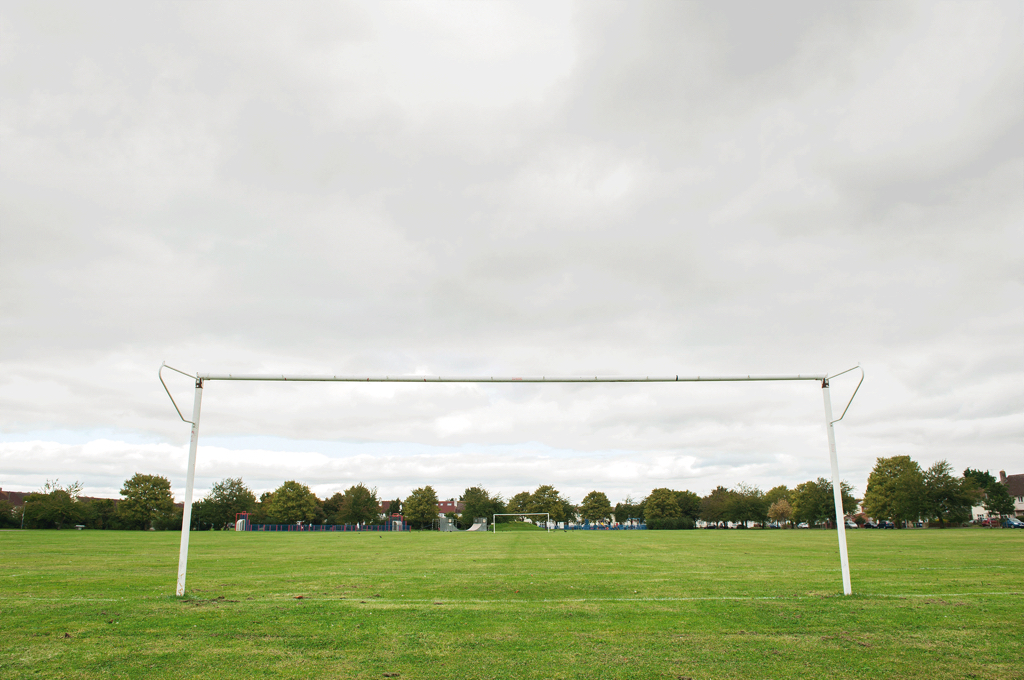

Age36
Lives inChaplen Street
Moved to Trumpington inMarch 2013
Type of housingFour-bedroom, three storey, private house, built in 2013
Current market valueCurrent value Around £534,000 (according to Zoopla)
Age72
Lives inTrumpington Hall
Moved to Trumpington inThe Pemberton family have been resident in Trumpington since 1715. They originally came from Pemberton in Lancashire.
Type of housingManor house first built circa 1600, with 600 acres of land
Current market valueundisclosed
Favourite place in TrumpingtonTrumpington Hall

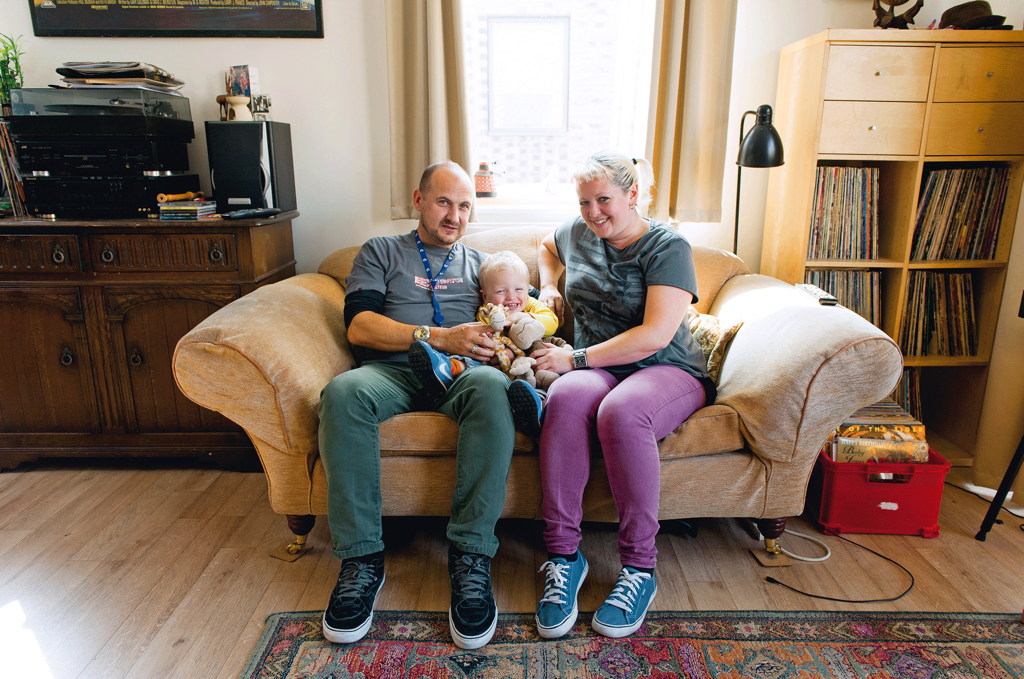
Age31/ 46
Lives inChaplen Street
Moved to Trumpington inMay 2013
Type of housingTwo-bedroom apartment rented from housing association
Current market valueAround £299,000
Current council rent£150 per week
Favourite place in TrumpingtonApart from their home, their favourite place in Trumpington is the beer garden at the Lord Byron, where they like to stop off for a refreshing pint after a Sunday walk to Grantchester.
Age63
Lives inFoster Road
Moved to Trumpington in2003
Type of housingThree-bedroom terraced former council house, built in 1947
Current market valueAround £310,000 (according to Zoopla)
Favourite place in TrumpingtonNine Wells – a nature reserve with several chalk springs that form the source of Hobson’s Conduit, which carries water along Hobson’s Brook into the heart of Cambridge.

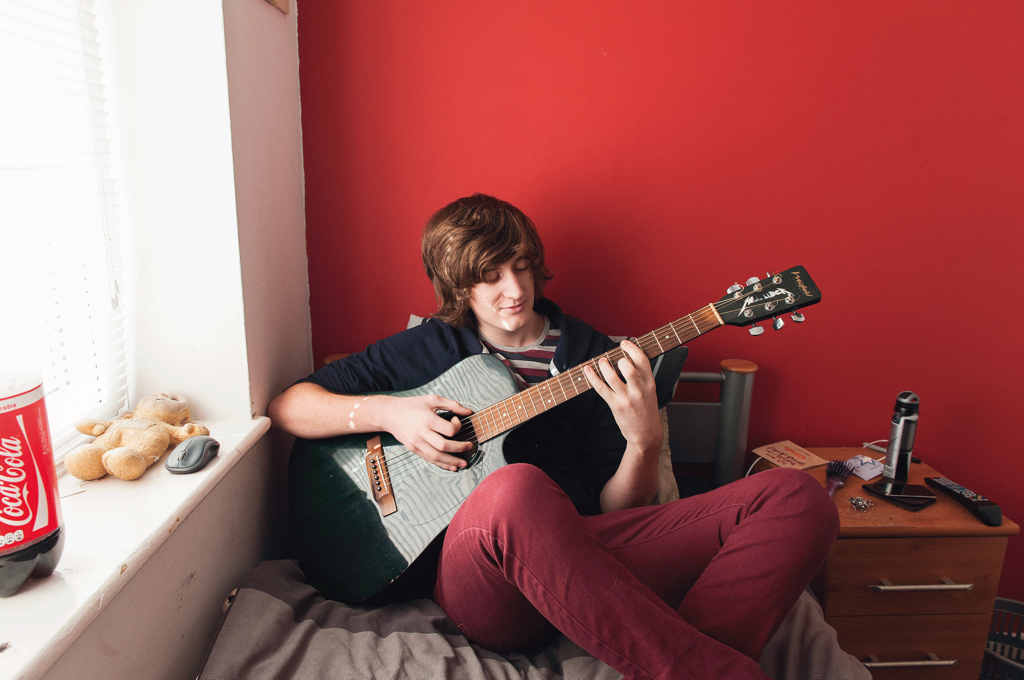
Age18
Lives inPaget Road
Moved to Trumpington in2003
Type of housingThree-bedroom terraced council house, built in 1946
Current market valueAround £250,000 (according to Zoopla)
Favourite place in TrumpingtonCommunity Orchard
Age41
Lives inPartridge Close
Moved to Trumpington inJuly 2013
Type of housingThree-bedroom end of terrace house, rented from housing association
Current council rentAround £154 per week
Favourite place in Trumpington“I love my house”
